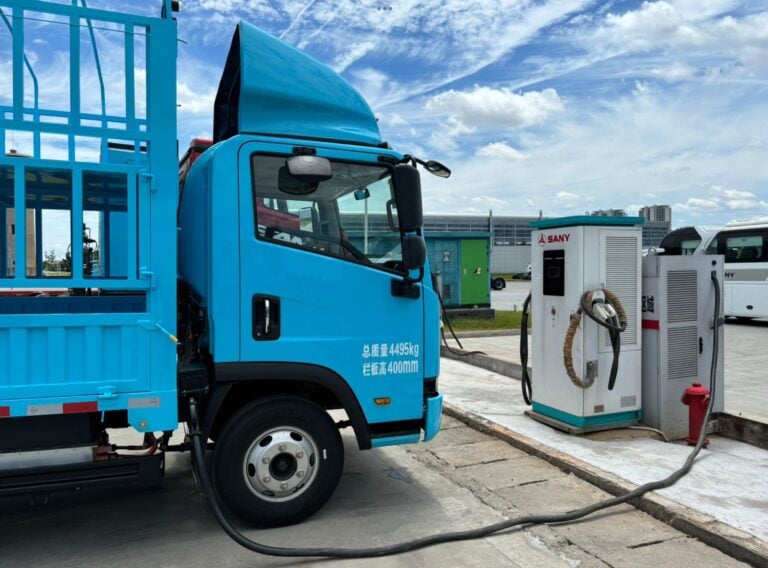China’s rapid electric vehicle adoption is creating unprecedented pressure on traditional oil markets, with potential long-term implications for global energy dynamics. The world’s largest automotive market is witnessing a fundamental transformation as electric vehicles capture over 50% of new passenger car sales, according to recent data from the China Passenger Car Association, reports the WSJ.
This seismic shift is already affecting oil consumption patterns. The International Energy Agency (IEA) projects China’s oil demand growth will slow dramatically, with consumption expected to rise by just 0.8% in 2024 and 1.3% in 2025. This represents a marked departure from China’s historical role as the primary driver of global oil demand growth.
The impact is particularly pronounced in transportation fuels. IEA estimates indicate China’s demand for gasoline and diesel will be 3.6% lower in 2024 compared to 2021 levels. The decline is expected to accelerate, with gasoline demand projected to fall 6.4% below its 2021 peak by 2025.
Several factors are driving this transformation
The meteoric rise of new energy vehicles (NEVs), including both battery electric and plug-in hybrid models, has reshaped China’s automotive landscape. Traditional internal combustion engine vehicles are rapidly losing market share as domestic manufacturers like BYD, NIOund XPeng continue to expand their electric offerings.
Meanwhile, China’s heavy-duty transportation sector is increasingly turning to liquefied natural gas (LNG) as an alternative to diesel fuel. This transition, combined with the broader shift to electrification, has reduced transportation fuels’ share of China’s oil demand from 51% in 2018 to 44% in 2024.
The implications for global oil markets are significant. China imported 11.3 million barrels of oil per day in 2023, representing over 10% of global production. Any structural decline in Chinese demand could substantially impact global oil prices and producer revenues.
Adding to the complexity is China’s massive refining capacity expansion. The U.S. Energy Information Administration reports that China’s refining capacity increased by 42% between 2011 and 2023, reaching 18.5 million barrels per day. This growth has created excess capacity, particularly as domestic demand growth slows.
For international oil companies, this presents a challenging scenario. The combination of weakening demand and excess refining capacity could squeeze both upstream and downstream operations. Traditionally, downstream refining operations have helped balance oil companies’ portfolios during periods of low crude prices. However, China’s excess refining capacity threatens to erode this hedge.
The transformation of China’s automotive sector represents a crucial test case for global energy markets. As other major economies pursue similar electrification goals, China’s experience may offer valuable insights into the future relationship between transportation and energy consumption patterns.
Entdecken Sie mehr von EVXL.co
Melde dich für ein Abonnement an, um die neuesten Beiträge per E-Mail zu erhalten.

















